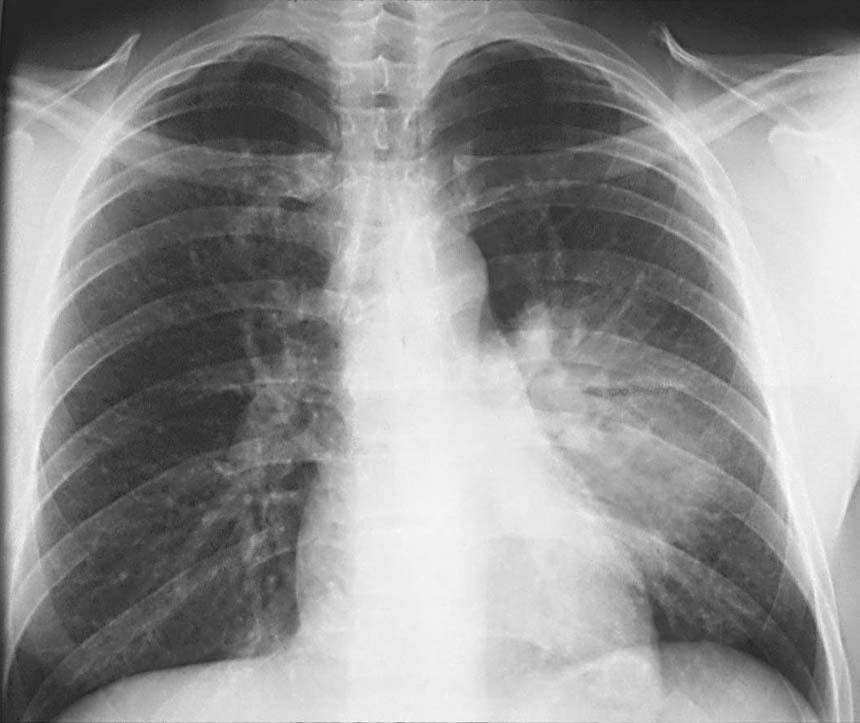

Hospital-acquired pneumonia (HAP) is a neglected disease among the health care-associated infections. HAP is now the most common health care-associated infection in Europe,1 and almost two-thirds of these cases are not associated with intubation.2 Despite this high prevalence, HAP does not receive much recognition and research funding outside of the intensive care unit. The scarce evidence available suggests that HAP complicates approximately 1·5% (95% CI 1·4–1·6) of UK hospital admissions,2 has an important effect on length of stay3 and, because its management invariably involves use of broad-spectrum antibiotics, has the potential to be an important driver for the emergence of antibiotic resistance.4 HAP is associated with increased mortality in patients older than 65 years who are admitted to hospital (29% in patients with confirmed HAP vs 8% in those with no episodes of suspected HAP),5 but the attributable mortality is unknown.
Obtaining accurate estimates of prevalence across several health-care environments through prospective surveillance is a fundamental first step towards preventing HAP. Currently, the only surveillance undertaken across Europe and even the USA is by 1-day point prevalence surveys of hospital-acquired infection.1, 2, 6 In the UK, the 2012 survey2 recommended the development of standardised incidence surveillance methods for pneumonia and establishment of best practice for the prevention of HAP, but suggested these primarily took place within the ICU. This stop-start approach fails to keep non-ventilated HAP on the agendas of clinicians, microbiologists, health-care managers, and policymakers and fails to provide the details needed to better understand the epidemiology of HAP. Continuous collection of surveillance data has served a key role in reducing the number of cases of MRSA bacteraemia and Clostridium difficile infections, simultaneously highlighting the scale of the problem, and providing real-time feedback on the efficacy of interventions. There is now scarce but credible evidence that interventions such as enhanced oral hygiene can contribute to substantial reductions in HAP beyond the ICU,7 and these interventions warrant large-scale randomised trials. Based on an average of 12 extra bed-days needed per patient with HAP,3 the potential benefits of reducing HAP by even 10% on an international scale are great; these benefits could include reduced length of stay, antibiotic stewardship, cost savings, and improved functional outcomes for patients.
One of the major obstacles in initiating surveillance for HAP is the scarcity of gold-standard diagnostic criteria in non-ventilated patients. Unlike in cases of MRSA or C difficile infection, a surveillance approach on the basis of microbiological diagnosis is unlikely to be effective because high-quality microbiological samples from alveolar regions of the lung are difficult to obtain. Patients at highest risk of HAP tend to be frail. Bronchoscopy is rarely performed in such patients, and sputum samples, the next best non-invasive alternative, might not be feasible (eg, if the patient has a weak cough). However, without criterion-based diagnosis that includes microbiological evidence, overdiagnosis is common.5, 8 Furthermore, in the UK, there is little financial incentive for accurate coding at discharge, making HAP difficult to detect using electronic records alone.
Although surveillance might overdiagnose HAP, it is crucial, both to highlight and to address the problem. Strategies for surveillance of HAP, such as retrospective case detection, might feasibly incorporate pharmacy records of antibiotic prescriptions for respiratory infection, potentially combined with electronic patient records. Mandating clinicians to report HAP is another option, and might nudge clinicians toward criterion-based diagnosis of HAP. This approach might be assisted by pharmacy or infection prevention and control teams, but would require substantial investment in education and resources to support reporting mechanisms. Hybrid methods for surveillance that incorporate a variety of techniques could be necessary. Precedents do exist; the focus in 2014 on surveillance of patients with catheter-associated urinary tract infections showed parallels regarding diagnostic complexity, and a mix of clinical and microbiological surveillance has been employed to identify cases.6, 9 Although it is difficult to attribute causation, in the USA, a decrease in infections occurred concurrently with an increase in both surveillance and adoption of infection prevention practice, such as catheter removal prompts.10
Achieving an improved, evidence-based yet pragmatic, and accepted standard for continuous HAP surveillance will require coordination, effort, and goodwill across many disciplines and professional societies. A specific focus on methods to improve diagnostic accuracy in HAP from funding bodies would accelerate this process. The community interested in HAP might also reflect on experiences in addressing ventilator-associated pneumonia, which has been widely used as a quality indicator in health-care systems, with high rates linked to financial penalties. This measure has, arguably, led to a bewildering array of new terms designed as quality indicators rather than clinical diagnoses. The opportunity to raise the profile of HAP surveillance should be founded on diagnostic accuracy, prevention, and improved treatment, avoiding subtle political pressures that might inadvertently reduce diagnostic quality.
Well established surveillance will allow interventions to reduce HAP to be tested and implemented more effectively. While there are certainly obstacles to overcome, the gains are likely to far outweigh the initial outlay.
Courtesy of The Lancet Respiratory Medicine

